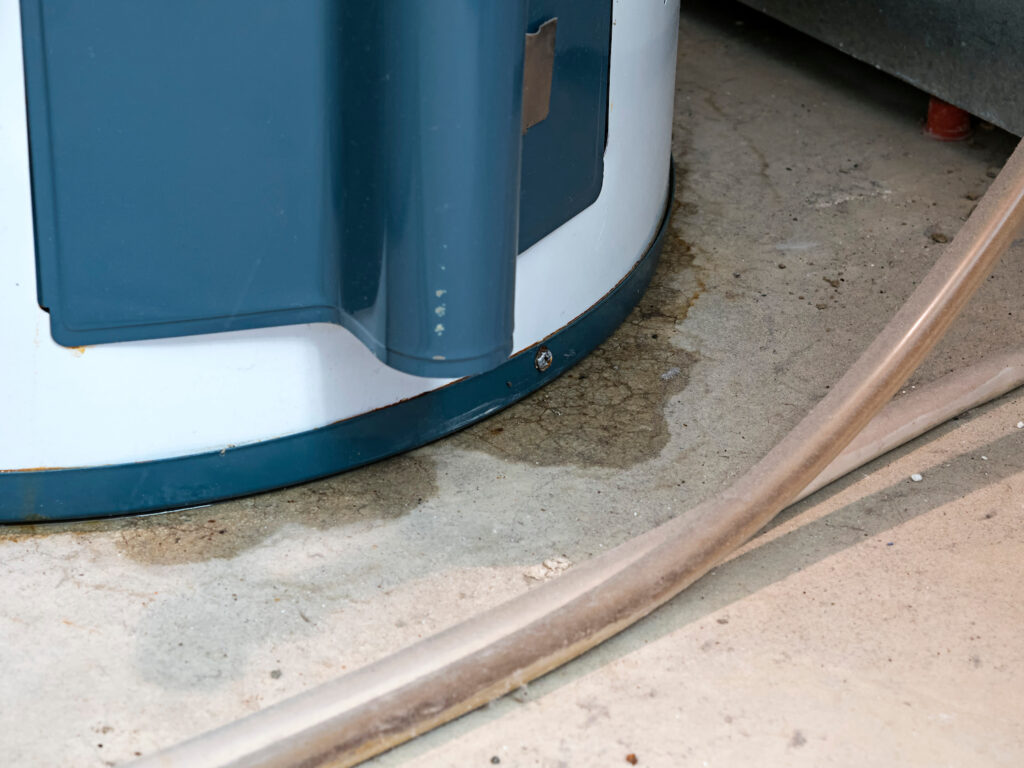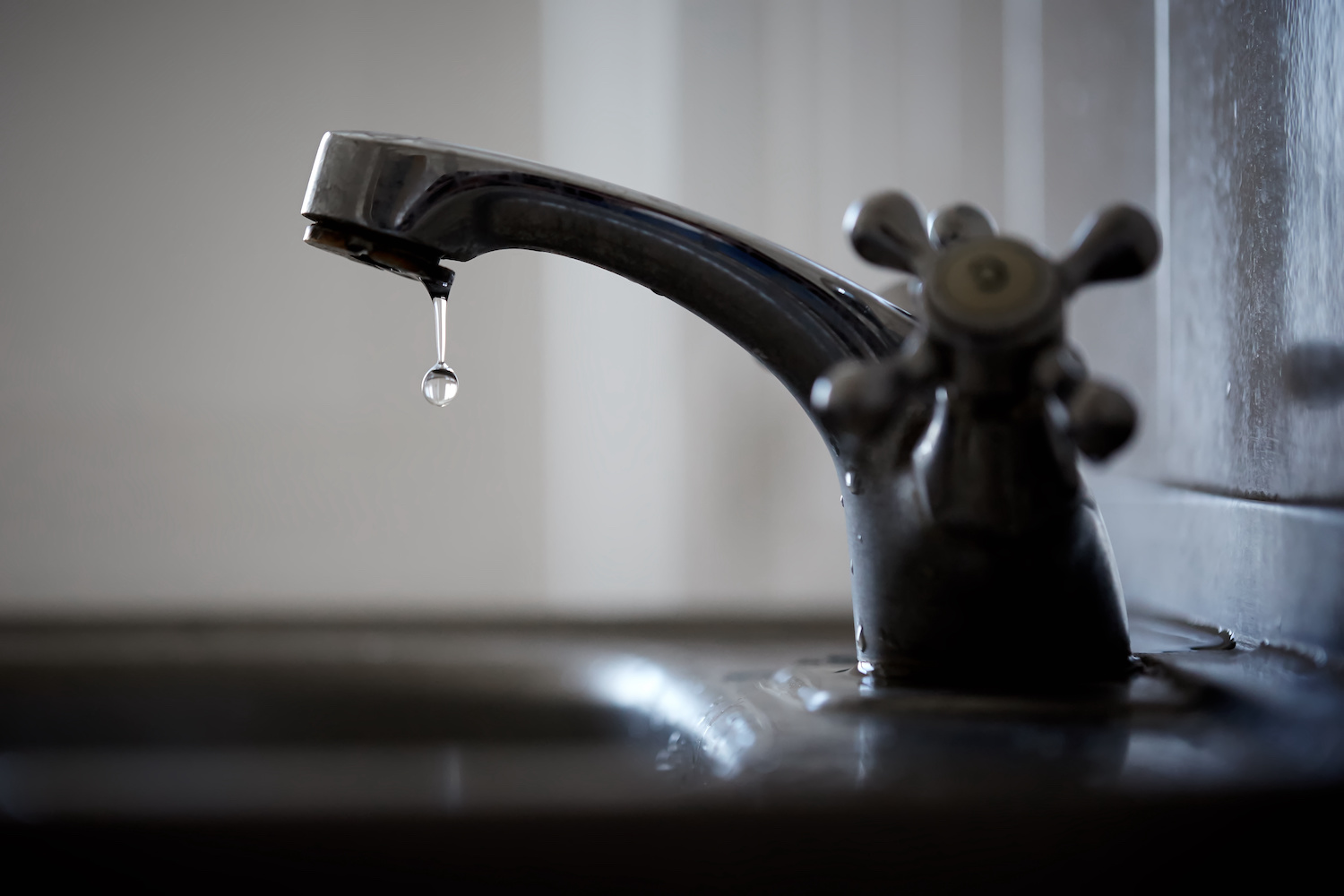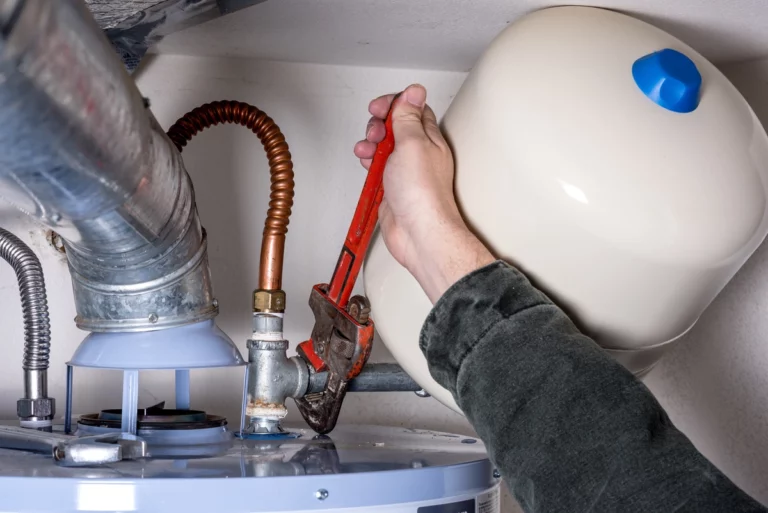In a time where everything under the sun is costing more and more— from groceries to gas to a night out for dinner— when your monthly bills rise, you notice. Homeowners can attest to all the added expenses that come with owning a house, including having to pay for water usage. And when your water bill increases by a significant amount, it could be a cause for alarm. If you’re staring at your monthly bill and asking, “Why is my water bill so high?” consider some of these possible factors.
5 Reasons Your Water Bills Are Increasing
The average water bill for American homeowners is around $45-$50 a month. While it’s not a major expense, it can also be the first sign that there’s an issue with either your plumbing or excessive water usage. There are a few common reasons why you might notice an unusually high water bill.
You Have an Interior Leak 💦
There are multiple places where leaks can occur in your home.
- Faucets
- Showerheads
- Pipes
- Toilets
- Washing machines
- Water heaters
If water runs through it, it can leak. And many of these leaks can go undetected for days or even weeks. A dripping faucet is relatively obvious to even the most unsavvy homeowner. But a leak in your water heater? When was the last time you went down to the basement to check it? Probably too long, if at all.
So when you notice that rise in your water bill, if you can rule out a leak on any of your faucets or appliances, maybe head down to spot any pipe or other plumbing leaks. When in doubt, call a professional plumber to take a peak.

Too Much Water Usage or Waste 🚿
American families use approx. 82 gallons per day, on average. But this number can vary depending on how big your house is and how many people live in the house. Many of us are guilty of wasting water for sure by doing things like:
- Not turning off the water when we brush our teeth.
- Hand washing dishes with the water running.
- Taking baths or long showers
- Running the dishwasher or washing machine with half-full loads
- Inefficient showerheads
You can cut water costs easily by just lowering water consumption and mitigating a lot of those water-wasting activities. If you’re curious about conserving water with easy DIY-friendly fixes— a good start is upgrading to a more efficient showerhead.
Inefficient Appliances 👎
There are multiple water appliances that need to be set correctly to be working at their optimal efficiency level. Old and outdated appliances like water heaters, furnaces, ware softeners, washing machines, or dishwashers can all play a huge part in water waste and leaks throughout your home. A few tips for maintaining efficient appliances include:
- Programming your furnace humidifier to a lower setting
- Regularly clean out the filter traps in your washing machine
- Only run the dishwasher and washing machine when they’re full
- Install an energy-efficient water heater or set it to only run at the highest usage times
- If your water heater is older than 20 years, consider replacing it with an up to date model
It’s amazing how upgrading to newer equipment saves water and can limit your water use and save money.
Your Toilet is Running 🚽
According to the EPA (Environmental Protection Agency), toilets make up nearly 30% of all indoor water use in homes today. If your toilet is efficient, it uses less than 1.5 gallons of water to flush. But less efficient ones can use up to 6 gallons per flush! And when your toilet is running or leaking, you can imagine the water waste coming from it. That will easily increase your water bill each month.
How do you know if your toilet is leaking or running? For the most part, a running toilet will make a sound like running water constantly. And if you’re jiggling the handle to fix the problem, guess what? You’re only prolonging the issue. More often than not, the issue is in the toilet tank, and your toilet flapper or fill valve isn’t functioning properly. Here’s an easy DIY guide to fixing that running toilet:
A toilet leak, on the other hand, can be much harder to spot. The most common cause of toilet leaks is a faulty or deteriorated toilet flapper causing water to leak from the tank into the toilet bowl constantly. A dye test can help reveal this sort of toilet issue. By putting some food coloring in the toilet’s tank, a leak allowing tank water to flow into the bowl would easily be spotted by this method.
Underground or Outdoor Leaks 🌳
If you have a sprinkler system or outdoor garden hose, be sure to check those frequently, especially before cold weather sets in. You should always disconnect your garden hose every winter season to prevent outdoor water leaks.
Homeowners in Texas are also subject to underground leaks in the yard from underground pipes getting root intrusion or cracks from cold weather. Black Tie Plumbing can provide accurate leak detection and underground plumbing service to prevent bigger issues.
Getting the Plumbing Services You Need
From leak detection to leaky faucet repair, Black Tie Plumbing can help remedy your issue and help lower that water bill once and for all. Our dedicated team of underground plumbing experts can find leaks that you never knew you had. Or, we can simply help you fix minor leaks and ensure your water appliances are running at optimal efficiency. #DontDrip waiting for your water bill to lower on its own— count on the experts at Black Tie Plumbing. Reach out today for an evaluation!





